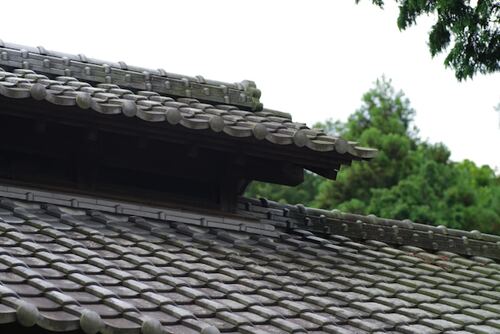When someone owns or manages a commercial building, it’s easy to focus on what’s inside—employees, customers, equipment. But what about the roof? It’s literally covering everything, yet many people don’t think about it until there’s a problem.
The thing is, by the time a roof starts leaking or falling apart, it’s already too late. Fixing it at that point can cost way more than just doing a simple check earlier. That’s why even if a roof looks totally fine, it’s still smart to get it inspected regularly.
What You Don’t See Can Still Be a Problem
A roof doesn’t have to look damaged to have something wrong with it. Cracks, small leaks, or loose seams might be hidden. Water can sneak in under the surface and sit there for weeks without anyone noticing. Over time, that can lead to mold, rotting wood, or even problems with the building’s structure.
That’s where inspections come in. A trained roofing expert can spot early signs of damage before they become major issues. They know what to look for—stuff the average person wouldn’t notice during a quick glance.
Even small problems can mess up a roof’s protective layer. If water keeps getting in, it can slowly eat away at the materials. Eventually, that weakens the roof and puts the whole building at risk. Regular inspections are how businesses avoid all that.
For businesses in areas with tough weather, regular checks are even more important. Wind, sun, and storms can cause damage that isn’t easy to see right away. Getting a commercial roof inspection after a storm or once a year helps catch problems early and keep everything safe.
Why Waiting Can Cost More
Some people figure, “If it’s not leaking, it’s fine.” But that way of thinking can end up being really expensive.
When small problems get ignored, they grow into big ones. A tiny crack turns into a full leak. A bit of wear and tear turns into sections of roof needing replacement. And once water gets inside the building, it can damage ceilings, walls, and even electrical systems.
All of that leads to more repairs, higher bills, and sometimes even having to shut down part of the business to get it fixed. That can cost time, money, and a whole lot of stress.
Fixing a roof early is almost always cheaper than dealing with emergency repairs later. It’s one of those things where catching it early makes a huge difference.
What a Roof Inspection Actually Does
A proper roof inspection isn’t just a person climbing up and taking a quick look. It’s a detailed check where a professional looks at every part of the roof system.
They check the surface for cracks, bubbles, or soft spots. They look at drains and gutters to make sure water is flowing the way it should. They inspect seams and joints to see if anything is coming apart. They might also look inside the building for signs of leaks or mold.
After the inspection, they give a report explaining what they found and what (if anything) needs to be fixed. Sometimes the roof is in great shape, and nothing needs to be done. Other times, there are small issues that can be taken care of before they become big ones.
Peace of Mind for Business Owners
Owning or managing a commercial building already comes with a lot of responsibilities. Knowing the roof is in good shape takes one big worry off the list.
Regular inspections help businesses feel confident that their building is protected. They know their equipment, employees, and customers are safe. They also avoid surprise costs and stressful last-minute repairs.
Plus, if a business ever wants to sell the building, a well-maintained roof can help the value stay high. A buyer is going to look at the roof. Having records of past inspections and maintenance makes the property more appealing and shows it’s been cared for.
When and How Often Should Inspections Happen?
Most commercial roofs should be inspected at least once a year. Some businesses do it every six months, especially in places with lots of storms or really hot summers.
It’s also smart to schedule a check after a big weather event—things like hurricanes, hailstorms, or heavy winds can do damage fast. Even if the roof looks okay from the ground, there might be things wrong that only a pro would catch.
Inspections don’t take long, and they don’t usually interrupt the workday. The sooner they’re done, the easier it is to plan repairs or upkeep if anything needs fixing.
Small Step, Big Impact
Getting a roof inspected doesn’t sound like a huge deal, but it actually does a lot. It protects the building, saves money, and makes life easier for everyone running the business.
Even if the roof looks fine now, staying ahead of problems is always better than waiting for something to go wrong. That small step of calling for a roof check could be what stops a major leak next month or a full roof replacement next year.
What to Take Away
A roof might not get much attention, but it’s one of the most important parts of any commercial building. Skipping inspections just because everything “seems fine” is risky—and often costly. Regular checkups are easy, affordable, and can catch small issues before they turn into serious problems.
For any business that wants to avoid surprises and stay ahead of repairs, roof inspections are a smart habit to start (or keep doing). It’s one of the easiest ways to protect the whole building and everyone inside.
